A variable frequency drive (VFD) is a type of motor controller that drives an electric motor by varying the frequency and voltage supplied to the motor itself.
Generally, it is also popular by different names such as
- Adjustable frequency drive (AFD)
- Variable speed drive (VSD)
- AC drive
- Inverter, and
- Microdrive.
Purpose of using VFD
As with the changing load, the VFD adjusts its speed accordingly. With a VFD the frequency, as well as voltages, get varied as per the speed requirements, which intern helps to reduce energy usage, so lower operational costs.
VFDs consume low energy, hence less electrical power cost is the main reason for paying attention to implementing drives in the industrial facilities.
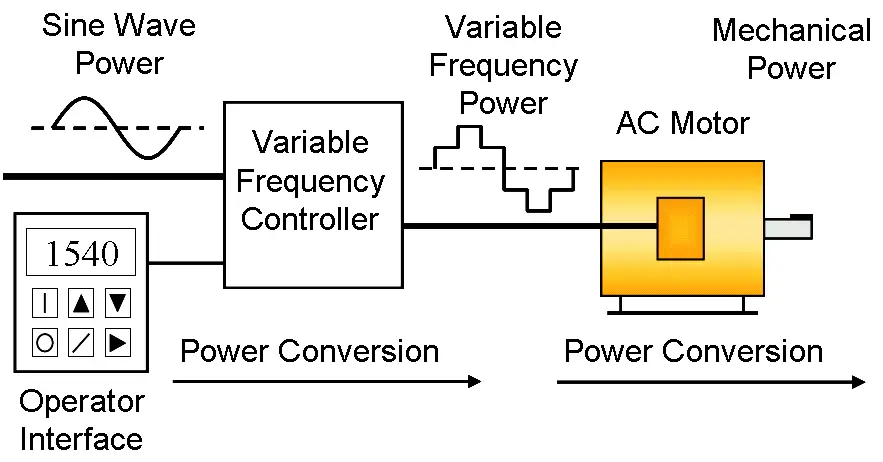
These electronic circuits allow unidirectional current through thyristors to control the frequency and voltage of electricity reaching a device’s electric motor.
Variable Frequency Drive Maintenance
VFDs must be regularly maintained. Maintenance requirements are similar to other electronic components and power supplies. They need cool, dry environments with minimal dust and interruptions, and connections must remain tight for uniform performance.
The three key principles of maintaining VFDs – keeping them clean, dry, and securely connected – are relatively simple.
It is the job of facility owners or managers to implement regular preventive maintenance and inspection processes to ensure that all requirements are met.
Check and keep VFDs clean
VFDs fall into several categories of the National Electrical Manufacturers Association (NEMA). Most VFDs are NEMA 1 or NEMA 12.
NEMA 1 VFDs are designed for indoor applications and have side vents to allow better airflow. These vents provide some degree of protection against solid foreign objects but allow dust to collect inside the unit and in the vents themselves. This can prevent heat sinks and circulation fans from cooling the unit.
This is why requires regular cleaning so that material does not build up enough to obstruct airflow or compromise performance. Unlike NEMA 1 units, NEMA 12 VFDs are closed enclosures that are secure against dust and waste.
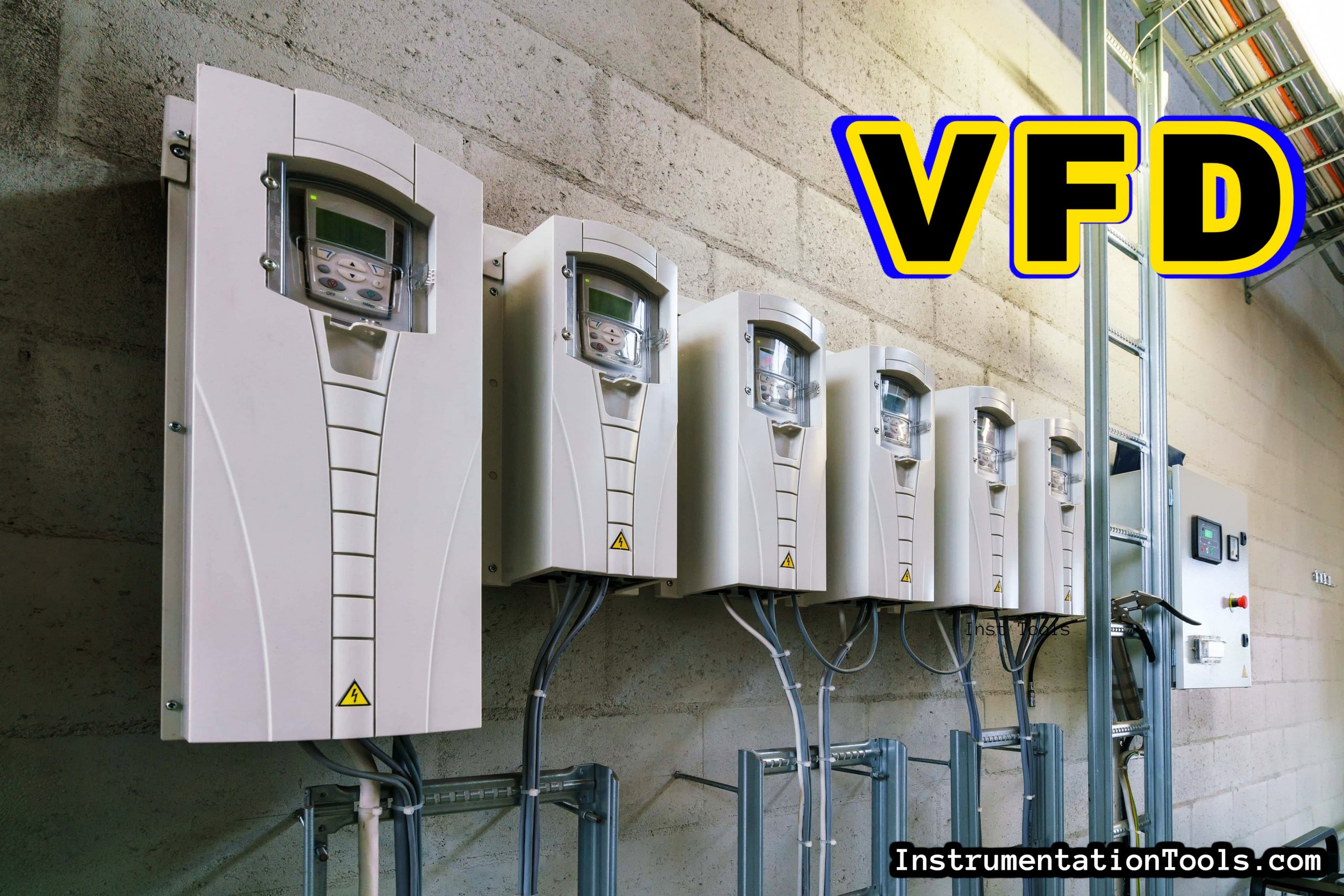
Check and Keep VFDs dry.
Like most electronic devices, VFDs are not safe in the presence of moisture. The risk of corrosion is a big issue with electronic components. Protecting VFD storage spaces with moisture free-and ambient humidity levels low enough to reduce the risk of corrosion.
NEMA 12 units with sealed enclosures are safer against accidental drips and splashes. But should still be monitored regularly to keep water exposure to a minimum.
NEMA 1 VFDs are even more exposed to water because they have open side vents. Open vents and an unsealed cover mean moisture can easily enter the unit and cause corrosion.
Check for tight VFD connections
Connections in VFDs require to work properly. While the drives themselves may not move very often, the connections can loosen over time due to mechanical vibration, heat cycling, or even accidental movement over long periods.
The concerned PM team should inspect the connections as per schedule for loose or over-tightened connections. Because over-tightening and retightening connection bolts can cause malfunctions similar to loose connections.
Each of these three requirements can be met by following strict preventative maintenance programs. Faults develop over time and fade from view, so it can be difficult to troubleshoot electronics and discover underlying problems with VFDs after something goes wrong.
Regular inspections prevent problems from developing in the first place.
Schedule a VFD maintenance
VFD maintenance ensures units are kept safe from external factors such as water and debris, as well as faulty internal mechanics.
Good maintenance practices include visual inspections, regular cleanings, connection checks, and parts replacement before they start to impede performance.
For example, cooling fans should be replaced every three to five years and main bus capacitors should be replaced every seven years.
Maintaining a diligent schedule and accurate record of part replacements is essential.
VFD Weekly PM schedule
Over each week, field process operators/electrical maintenance crew should be alert to unusual noises.
At least once a week, inspectors should create a report detailing the environment of the VFD, including temperature and humidity, VDC bus voltage and output voltage, current, and frequency.
That report should also document the monitored temperature of the VFD to provide long-term data on the health and maintenance needs of the device.

VFD Monthly PM schedule
Every month, the filters need to be cleaned or replaced. This includes filters for any corrosion, dehumidifier units, VFD panel ventilation, and filters in storage cases for VFDs.
VFD Annual PM Schedule
Once a year, VFDs should undergo a more thorough cleaning, inspection, and maintenance.
Unit Cleaning: Vacuum vents and storage space, and clean or replace filters. VFDs should not be cleaned with solvents or water-based cleaning tools.
Inspecting Parts – it is necessary to tighten connections and terminal blocks, check power supplies and refer to the parts replacement schedule for any work needed. Well-trained professionals should check the DC with an oscilloscope for VDC ripple.
Benefits of Using VFD Preventive Maintenance
Regular preventative maintenance helps all electronic components run longer and provide more consistent performance.
VFDs benefit from regular maintenance, especially if they have open side vents, which can allow foreign objects or moisture to contaminate the inside of the enclosure.
This, in turn, minimizes replacement costs and critical failures that cause unexpected downtime.
Maintaining VFDs also allows them to operate with greater control and the ability to meet different load requirements.
If you liked this article, then please subscribe to our YouTube Channel for Instrumentation, Electrical, PLC, and SCADA video tutorials.
You can also follow us on Facebook and Twitter to receive daily updates.
Read Next:
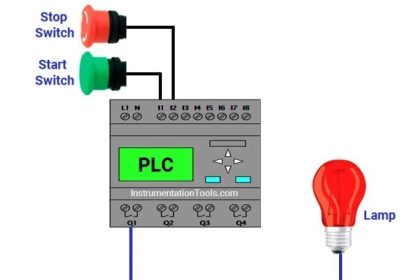
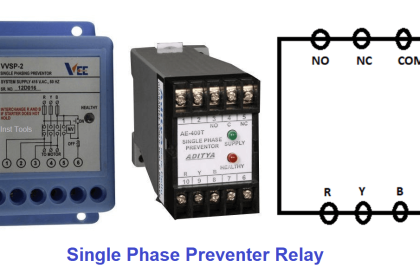
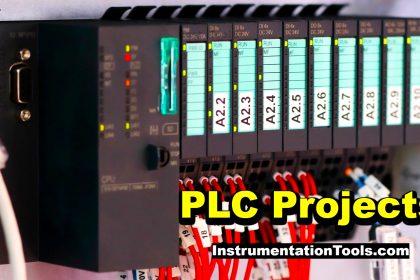
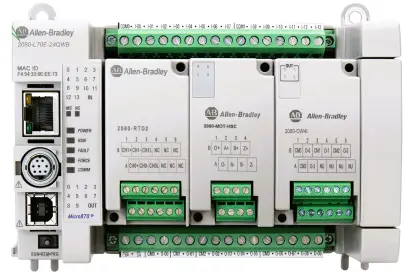
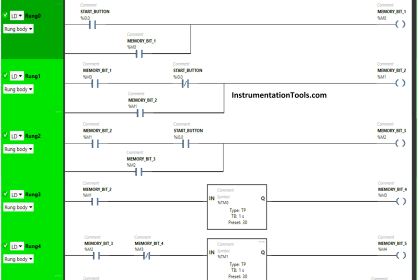
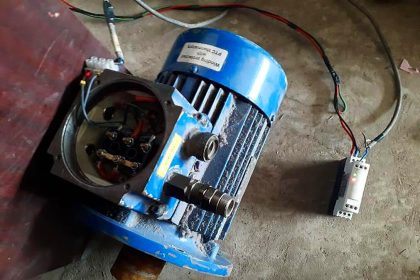
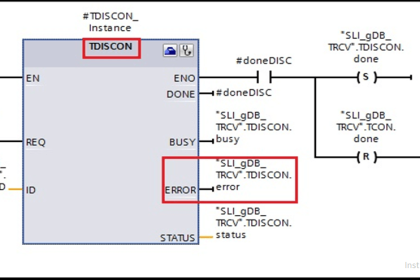
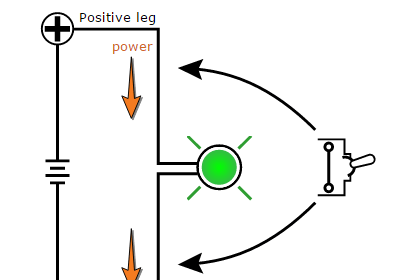
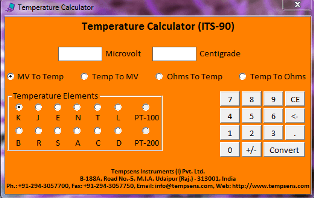
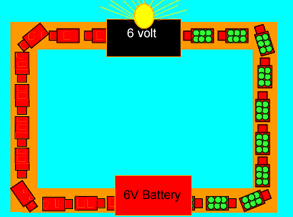
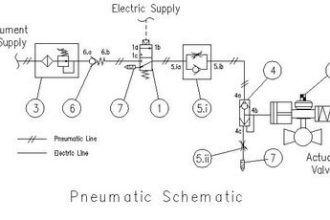
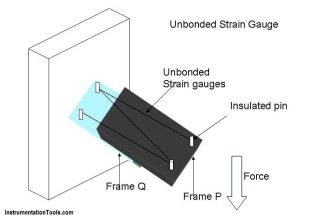
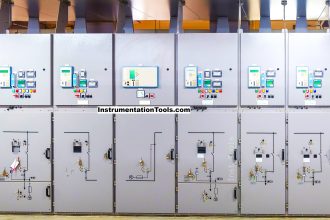
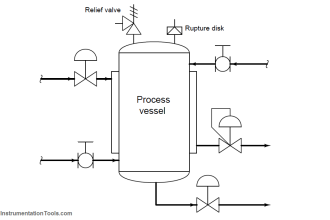

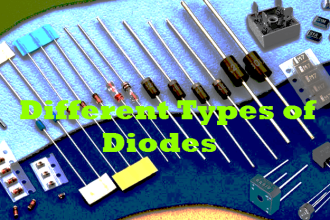

Best note